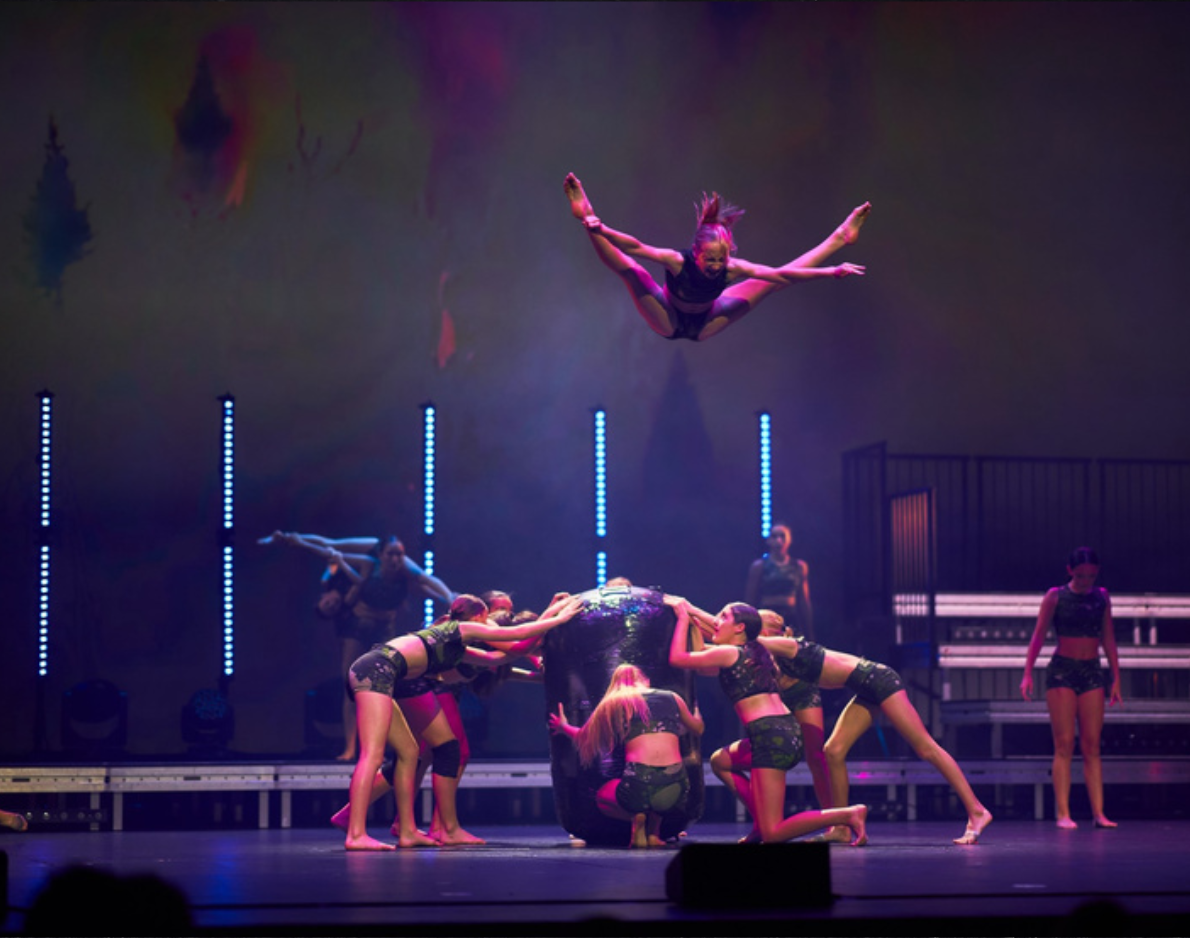Dancers dedicate extensive time and effort to prepare for performances, aiming to deliver flawless and captivating presentations. The preparation process involves a combination of physical conditioning, technical rehearsal, mental focus, and artistic expression. This information explores the multifaceted approach dancers take in their preparation for performances. Find here the best dance entertainment company for your next event.
Physical conditioning:
One of the foundational aspects of a dancer’s preparation is physical conditioning. Dancers engage in rigorous training routines to enhance their strength, flexibility, and endurance. Regular practice of ballet, contemporary or other dance forms helps build muscle memory and refines movements. Cardiovascular exercises contribute to overall fitness; ensuring dancers can sustain energy levels throughout a performance. Yoga and Pilates are often incorporated to improve flexibility and balance, essential elements for executing intricate choreography.
Technical rehearsal:
Technical rehearsals are a crucial phase in a dancer’s preparation. This involves practicing specific routines, ensuring precision in movements, and refining the technical aspects of the performance. Dancers collaborate with choreographers and directors to fine-tune choreography, ensuring it aligns seamlessly with the music and overall production. These rehearsals are also an opportunity to work with costumes and props, allowing dancers to become comfortable and confident in their stage presence.
Mental focus and visualization:
The mental aspect of preparation is equally vital. Dancers cultivate mental focus through meditation and visualization techniques. They mentally rehearse routines, imagining each step and movement, enhancing muscle memory. Visualization helps dancers overcome anxiety and build confidence, crucial for delivering a captivating performance. Mental focus is particularly important during live performances when distractions abound, and the pressure is high.
Artistic expression:
Dance is not just about technical proficiency; it is also a form of artistic expression. Dancers work on conveying emotion and storytelling through their movements. They delve into the emotional core of the performance, connecting with the audience on a profound level. This involves understanding the narrative behind the choreography and embodying the character they portray. Rehearsals often include sessions dedicated to exploring and refining the emotional nuances of the performance.
Collaboration and teamwork:
Dance is often a collaborative art form, and teamwork is paramount in its preparation. Dancers rehearse with fellow performers, fostering a sense of unity and synchronization. They rely on each other for cues and support, creating a cohesive and harmonious onstage experience. Collaboration extends beyond the dance troupe, involving communication with costume designers, lighting technicians, and other production team members to ensure a seamless and well-coordinated performance.
